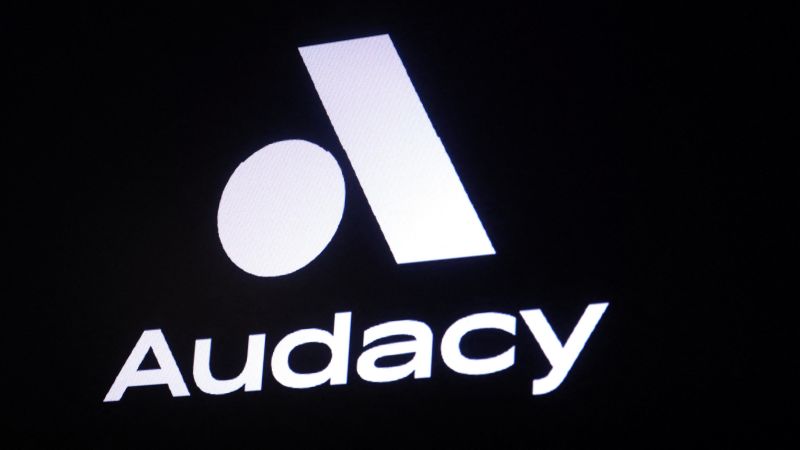On our last coverage of Amplify BlackSwan Growth & Treasury Core ETF (NYSEARCA:SWAN) we were less than thrilled with the setup and suggested investors should use the opportunity to move to another fund.
Yes, while they may move differently at times than your other holdings, they don’t offer any advantage. If you substituted SWAN with a long-duration bond fund like iShares Long-Term Corporate Bond ETF (NYSEARCA:IGLB) we think you would come out ahead over the next decade.
14 months later, we are checking in on these ETFs to see how they navigated the extreme volatility of 2023 and who ultimately came out ahead. But first, a quick recap of what these two funds do.
SWAN
SWAN is designed to try and capture the S&P returns or some portion of it via LEAPs or long dated call options. The bulk of the fund remains invested in Treasuries and hence this fund is supposed to have very low volatility relative to any S&P 500 (SPY) or equivalent fund.
SWAN’s holdings are currently comprised of multiple Treasury bonds maturing 6 to 10 years out, with the longest dated one maturing in November 2033.
SWA Holdings Jan 5 2024
This is a bit different than what we saw last time around where the fund had primarily closer dated Treasuries and then had a fifth of the fund in the 2052 notes. A notable change here is that the call options that SWAN uses to ride the S&P are now up to 13% of the portfolio total. This varies with the performance of the S&P in between rebalancing periods. Last time around, coming off the October 2022 lows, this had shrunk to just 4.4%.
SWAN Holdings November 21, 2022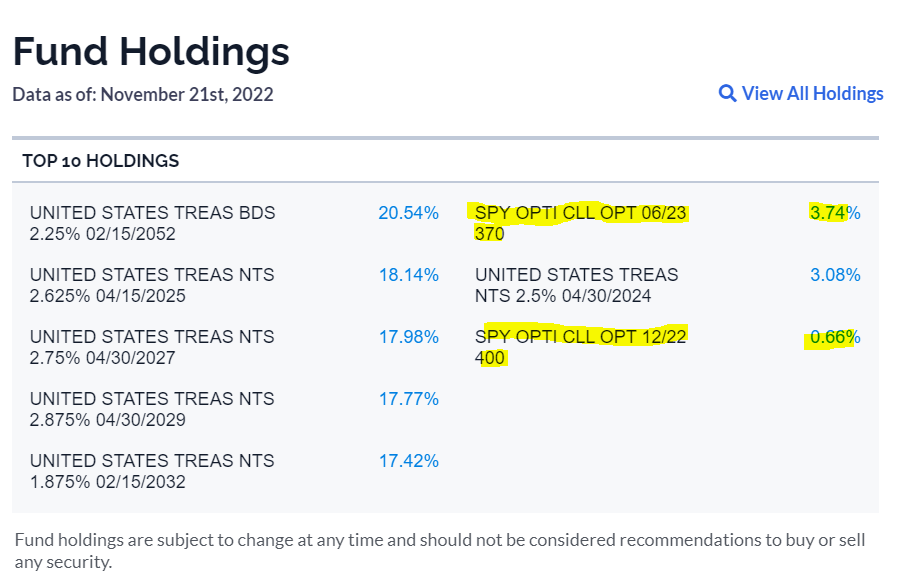
IGLB
We have covered this fund in more detail previously. Briefly, the fund is designed for you get maximum duration in the form of corporate bonds. Credit risk is moderate as the fund stays within investment grade and does not venture into junk. As of last check, you were buying an average bond maturing in 22.24 years and had an effective duration of 12.75 years. The yield to maturity? A modest 5.46%.
IGLB Website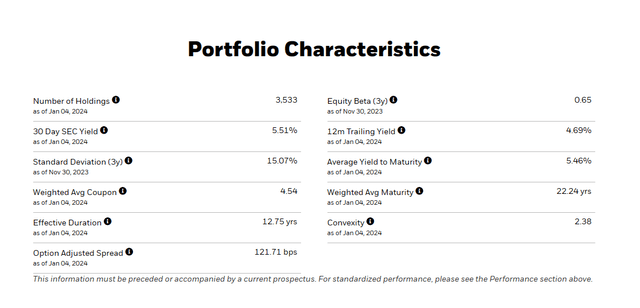
How The Two Did?
Well, you have to keep in mind that we were expecting the market to rebound from the October 2022 lows (See, There Will Be Bounce). But we were not expecting us to be back at new highs. So based on macro outlook we were little biased against a fund like SWAN which would be periodically splurging on call options. In our view these would lose money over the long-run. So at least over this time frame, we got that wrong. We still won this round. IGLB came out ahead, though the margin was small.
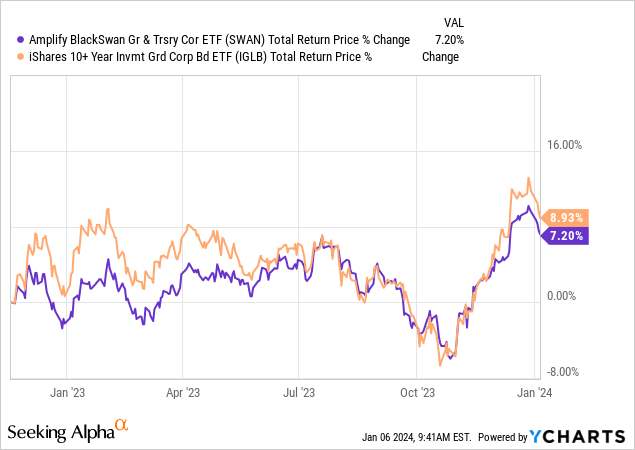
Outlook
Before we see the actual outlook we want to note that the two funds mirrored each other pretty well and peak to trough drawdowns were very similar. So IGLB gave you better returns without you losing your skirt. As we make our next forecast, we think things have deteriorated for both funds.
For IGLB, we think the fund has a very rosy outcome priced in. The idea is that we will have a really soft landing and hence corporate credit spreads have compressed.
FRED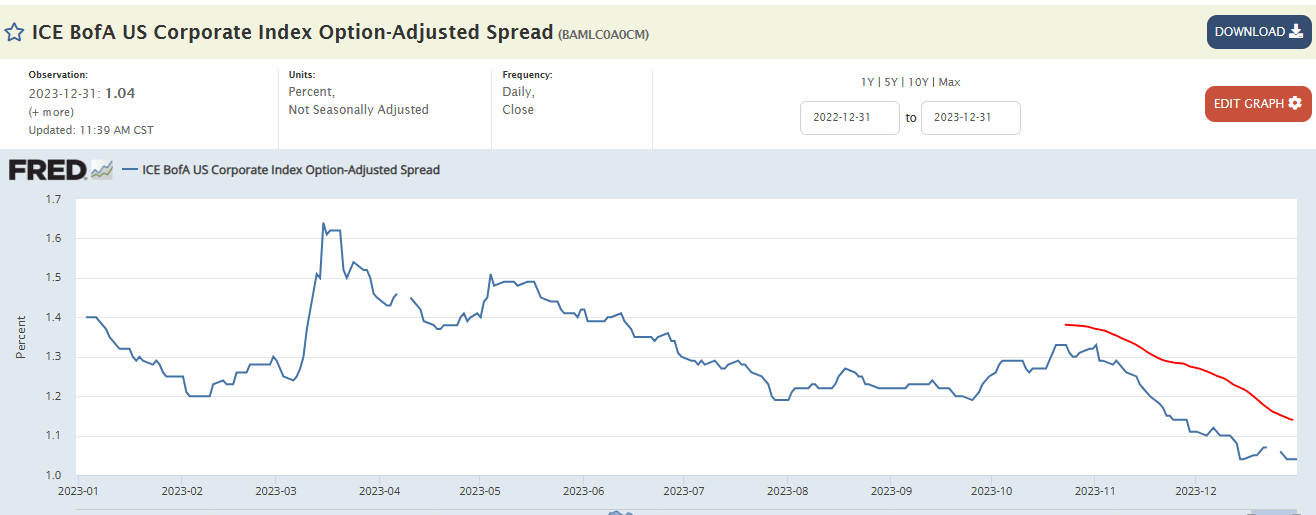
So you in essence you are betting on a fantastic outcome on interest rates and the economy. We think this is a risky point to do so and hence are not too keen on recommending IGLB anymore. We were fans of this earlier and had slapped a buy rating near the October lows, but current setup is poor. We rate this a “hold” today. For investors looking to do the work, we think actually hunting for individual bargains in bond land makes a lot more sense than just buying the ETF. Here is an example of a bond we bought earlier and still hold.
SWAN remains a very poor long term investment. It is an explicit bet that returns for the S&P 500 will be positive AND with a gentle upward slope over the next 7-10 years. If we have negative returns, the fund could blow-up a lot of call premium repeatedly by buying high. Even if we have positive returns, but there is a zig-zag of extreme volatility, the fund’s option premiums are going to be expensive to purchase and will lose substantial amounts over the course of next few years. While our official ratings on this had been stuck at an “Hold”, we are now downgrading to a “Sell”.
The setup on long term Treasuries remains negative currently but the bigger factor is the fund’s exposure to the equity market via call options. Purchasing Theta and purchasing Vega will be money losing over the long-run and especially when valuations for equities suggest less than 2% annual returns from here. For those looking for a conservative way to get some exposure to the markets, iShares Conservative Allocation ETF (AOK) or any other 60 bonds :40 equity fund, will do nicely. As seen below SWAN matched the return of AOK since its inception, with far greater volatility.
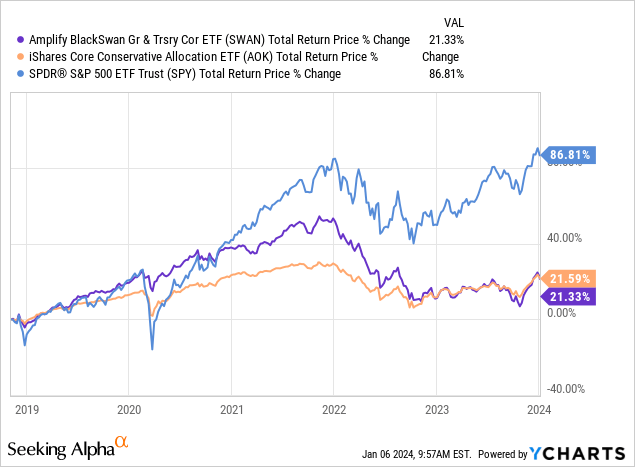
Interest rates were at far lower levels at the beginning of this timeframe and equity valuations were better. At this point the advantage is even better for AOK as SWAN’s call purchasing will be an poor way to try and capture any returns. AOK comes out ahead of IGLB for us as its bond component duration is via iShares Core Total USD Bond Market ETF (IUSB) and that is at just about 6 years.
IUSB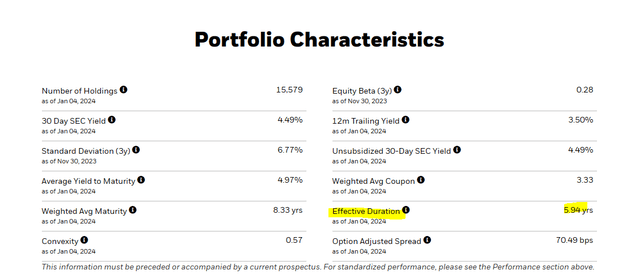
Investors can also consider a methodical covered call strategy which emphasizes capital preservation by selling deep in the money calls to reduce beta.
Please note that this is not financial advice. It may seem like it, sound like it, but surprisingly, it is not. Investors are expected to do their own due diligence and consult with a professional who knows their objectives and constraints.
Read the full article here


